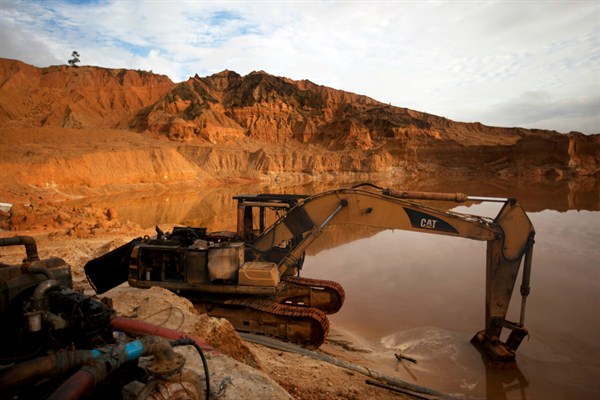After a run of good years, Peru’s government faces mounting economic challenges. Bolstered by booming commodities demand in China and other emerging markets, the Andean nation’s gross domestic product expanded at an annual rate of almost $15 billion over the past decade. Inflows of foreign direct investment nearly doubled between 2009 and 2012. But the economy has cooled since, with annual growth sliding from 8.5 percent in 2010 to 5.8 percent last year. While Peru continues to lead its South American peers in terms of economic expansion, the country’s Central Bank significantly cut its growth forecast from 5.5 percent in April to 4.4 percent in July, well below last year’s 5.8 percent. Production of key metals, which account for more than a fifth of inward investment and roughly 60 percent of Peru’s exports, has fallen since the late 2000s.
On July 11, President Ollanta Humala unveiled a series of reforms intended to stabilize Peru’s economy and shore up investor confidence. Approved by the Permanent Committee of Peru’s Congress, the package includes outstanding debt forgiveness for businesses and long-term tax restructuring intended to improve Peru’s investment climate. But more controversially, the newly approved laws will roll back pollution standards and fast-track environmental licensing for new energy and mining projects.
Some have criticized the review of environmental permits for delaying or obstructing development in Peru’s crucial mining and energy sectors. According to the country’s Central Bank, delays in project implementation slowed growth significantly in the first half of 2014. The government estimates that new provisions aimed at easing these impediments will increase Peru’s GDP by 1.5 percent to 3 percent in the coming years.

